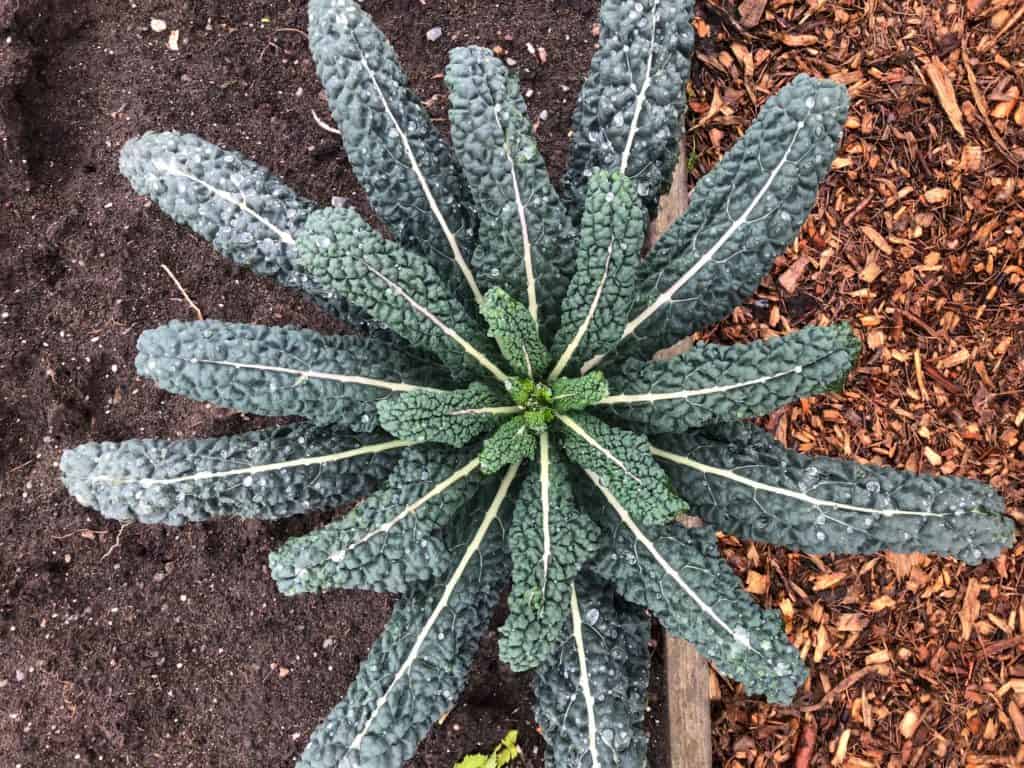- filed under: Book Recommendations, Math Outdoors
Patterns In Nature in the Outdoors
Math is all around us in nature, and patterning can be a great entry point for students to engage in mathematical thinking and learning while exploring and playing outdoors. The ability to recognize, name, extend and create patterns prepares children with a solid foundation for complex mathematics moving forward.

Inspired by Messy Maths: A Playful, Outdoor Approach for Early Years by Juliet Robertson, students can be challenged to see if they can find examples of patterns in their outdoor classroom or garden space.
Students can look closely for different patterns in symmetries, spirals, waves, stripes and many other types of patterns.

Complex Natural Patterns
Complex natural patterns like the Fibonacci sequence can also be easily recognized outdoors. There are many patterns in nature that can be overlooked but still adhere to the sequence. The spirals in the flower below aren’t obvious examples of the Fibonacci sequence in nature but there is a definite if faint pattern in the centre of the disk florets.
Have students count the petals to see if they can find the sequence there as well!


Students can be prompted through a book look using one of a variety of great nature pattern books that we’ve used in our outdoor classroom and can recommend:
Flow, Spin, Grow: Looking For Patterns In Nature
Lots and Lots of Zebra Stripes
Growing Patterns: Fibonacci Numbers In Nature
Patterns in Nature: Why the Natural World Looks the Way It Does

Looking For Patterns Outside
Children can then create their own beautiful temporary patterns using features found in your natural setting or outdoor learning space.
The examples found below were created by kindergarten and grade 1 students at our school. We discussed not picking plants that were alive for their patterns, but rather finding materials that had already fallen. Students then enjoyed finding and naming the patterns created by their peers.


Students could then try to add to the creations of their peers, extending the existing patterns.

What patterns exist in your garden or school-yard? Take a photo of your pattern and share it with your teacher!

This article was created by Sarah Regan, teaching partner of Megan Zeni. Thank you Sarah for the awesome insight and images you’ve shared here!
If you are looking for more outdoor math inspiration, you might also enjoy this post:
Nature books that inspire mathematical thinking
Don’t forget to check out so many other amazing ideas on Pinterest too!
